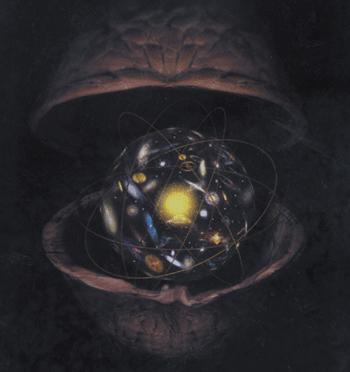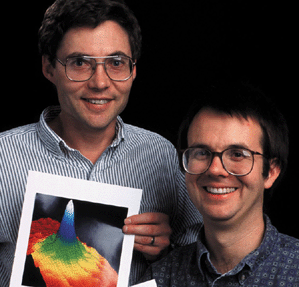 Read article: Fresh light shed on black holes
Read article: Fresh light shed on black holes
Fresh light shed on black holes
Glowing gas around a black hole gives astronomers new insights
Thank you for registering with Physics World
If you'd like to change your details at any time, please visit My account
 Read article: Fresh light shed on black holes
Read article: Fresh light shed on black holes
Glowing gas around a black hole gives astronomers new insights
 Read article: Rave review for Hawking’s new book
Read article: Rave review for Hawking’s new book
The Universe in a Nutshell is 'a delight to read'

There has been a growing awareness in the scientific community – and to some degree among the reading public – that the Sun is a marvellously variable and mysterious object about which we have only a limited understanding. The standard theoretical model of the solar interior has now been verified through helioseismology to an accuracy […]
 Read article: Condensates reap Nobel reward
Read article: Condensates reap Nobel reward
In 1924 the Indian physicist Satyendra Nath Bose sent a paper to Einstein in which he derived the Planck law for black-body radiation by treating the photons as a gas of identical particles. Einstein arranged for Bose’s paper to be translated into German and published. He also extended Bose’s calculations to particles with mass and […]
 Read article: Nobel population 1901-50: anatomy of a scientific elite
Read article: Nobel population 1901-50: anatomy of a scientific elite
On 10 December this year the Nobel Foundation will celebrate the 100th anniversary of the award of the first Nobel prizes. As the winners of this year’s physics prize – Eric Cornell, Wolfgang Ketterle and Carl Wieman – gather in Stockholm and Oslo, along with the rest of the 2001 prize winners and numerous laureates […]

Earlier this year a group of some 70 scientists spent an intense week in the foothills of the Rocky Mountains in Colorado reviewing the current understanding of the radiation budget of the atmosphere. The meeting, the latest in the series of Chapman Conferences organized by the American Geophysical Union, focused on the so-called anomalous absorption […]

Over the last 50 years, a number of techniques have been developed to analyse surfaces, near-surface layers and interfaces. Each technique has its own peculiar characteristics, and offers a different view of surface phenomena. Positron-annihilation spectroscopy has unique capabilities for detecting vacancy-like defects, ranging from individual missing atoms to micro-voids. Over the last 20 years, […]

If, in this season of bonfires and fireworks, you find yourself holding a sparkler, you might like to consider the remarkable chemical reaction that is taking place before your eyes. You are actually witnessing a self-propagating high-temperature synthesis reaction – one in which the energy generated by the reaction of magnesium and oxygen to form […]
 Read article: A quantum leap for cosmology
Read article: A quantum leap for cosmology
One of the most challenging problems in modern physics is the application of quantum theory to the universe as a whole. Progress in this area has been plagued by two types of problem: conceptual and technical. The conceptual problems arise from the old difficulties of interpreting quantum theory. The standard interpretations require that the measuring […]
 Read article: PhysicsWeb gets new look
Read article: PhysicsWeb gets new look
Six years on, all that has changed. Now it is possible to watch the chair of the Nobel physics committee announce the winners live over the Web, and sites like PhysicsWeb – the Web site of Physics World – race to be first with the news. Last month was a particularly busy month for PhysicsWeb: […]